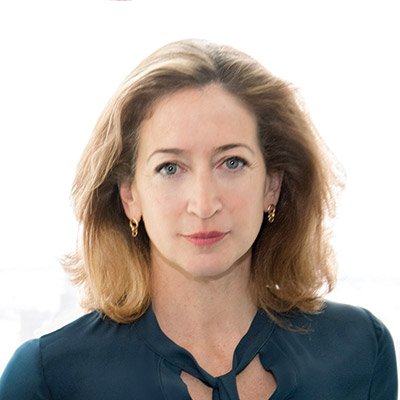Architecture + Creativity

The romance of architecture is in its creative potential—a marriage of art and pragmatism. Of course, many architects suffer disillusion, especially in the early years of their career, where all they may be doing is door schedules into the small hours of the night. But for architects mastering their own projects—or bringing ideas into a collaborative process—where does the spark of creativity come from? How is it harnessed into the development of great design? In this special section, RECORD explores the science and psychology of creativity, as well as the approaches architects use to keep that spark alive.
ARTICLES
Architecture + Creativity
Neuroscientists keep trying to unlock the mystery of what sparks visionary thinking and artistic invention.
Read More
Architecture + Creativity
Genesis of Genius: Excerpts from Pierluigi Serraino's New Book, The Creative Architect
A 1950s study tried to find what makes architects creative. The results are surprising and telling.
Read More
Musée Unterlinden
Medieval Makeover: With a few carefully considered interventions, Herzog & de Meuron expands a storied museum.
Read More
San Francisco Museum of Modern Art
Rising Art Scene: Like its predecessor, an addition to SFMOMA asserts itself in a rapidly developing neighborhood.
Read More
Valletta City Gate
Gateway to the Past: The entrance to a capital city responds to topographical and historical layers.
Read More
Copyright ©2025. All Rights Reserved BNP Media.
Design, CMS, Hosting & Web Development :: ePublishing










